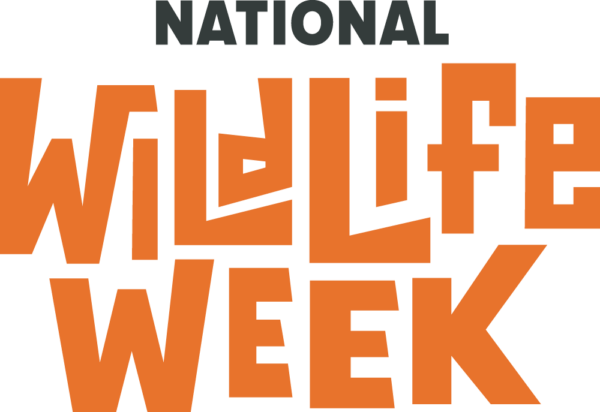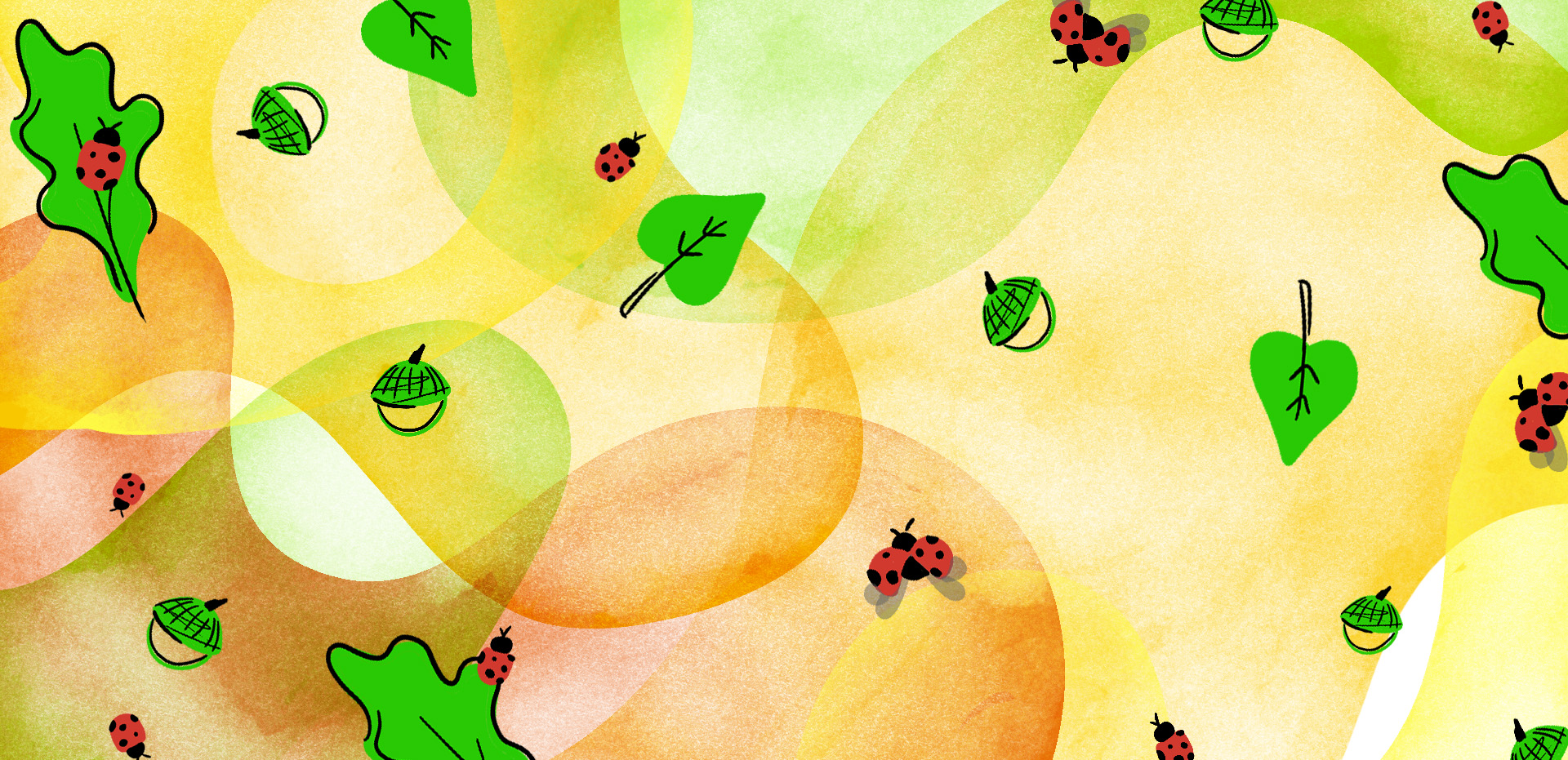Salamanders
These amphibians are related to frogs and toads but look like lizards. Their moist skin absorbs gasses and liquids, and they are considered an indicator species. Find out more!
Transcript
David Mizejewski: Happy National Wildlife Week! We’re going to talk about salamanders. These are incredible animals! They’re amphibians, so they’re related to frogs and toads, even though they kind of look like lizards. They’ve got four legs and a long tail, a completely different kind of animal. And one of the things that separates reptiles like lizards, and amphibians like salamanders, is their skin. Amphibians have moist skin and they actually absorb gases and liquids — and anything within those gases in liquids — right through their skin.
Peter Gros: So it’s so important that we take care of our amphibians because they are an indicator species. If there are toxins in the air and they take it in through their skin, and their populations are dropping, it is a message to us; we need to do something in that area about it.
Peter Gros: These are strange little critters. Kids often talk about the large animals they want to see, or the beautiful, flighted animals. But take some time, go out in your backyard, if there’s a stream nearby, get down on your knees and look up close at all that’s happening in a small stream of water with amphibians like this in your own backyard.
David Mizejewski: That’s right. And North America, the woodlands and mountains of eastern North American in particular, are a global salamander diversity hotspot. These are wildlife species that actually do live all around us, as long as we keep the environment clean. Leave leaf litter in your yard, don’t spray pesticides, plant lots of native wildflowers to provide them with habitat, and pretty soon you’ll have some slimy little salamander neighbors. And that’s really what National Wildlife Week is all about this year. So I hope everybody goes right now and takes the National Wildlife Week pledge.


